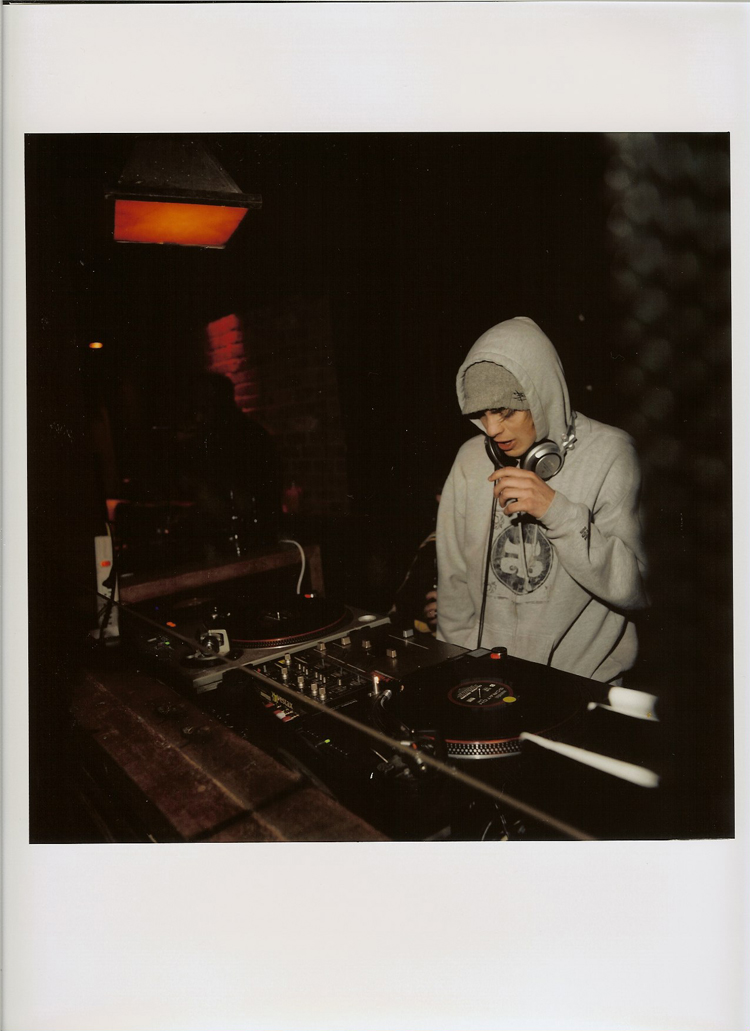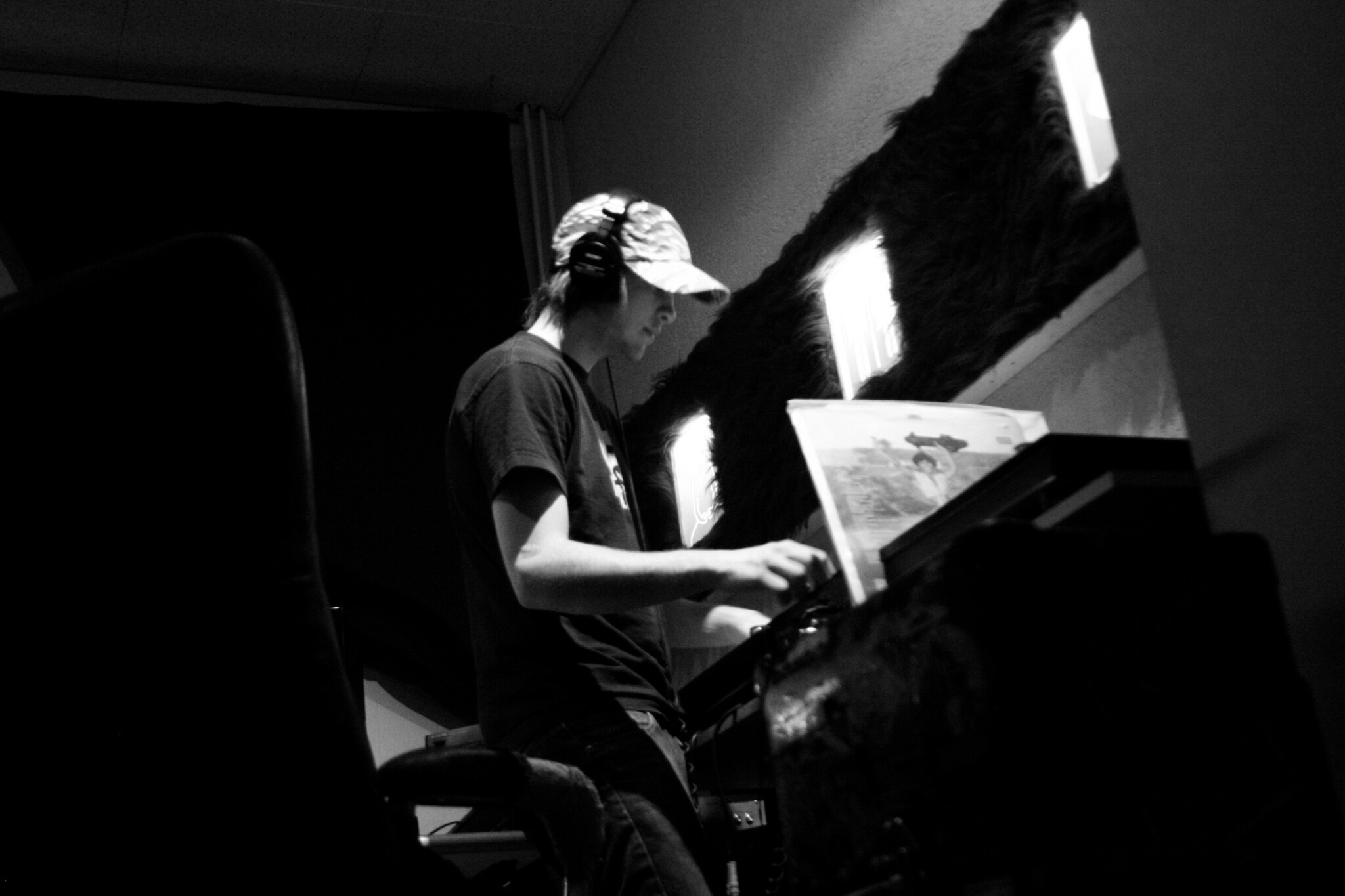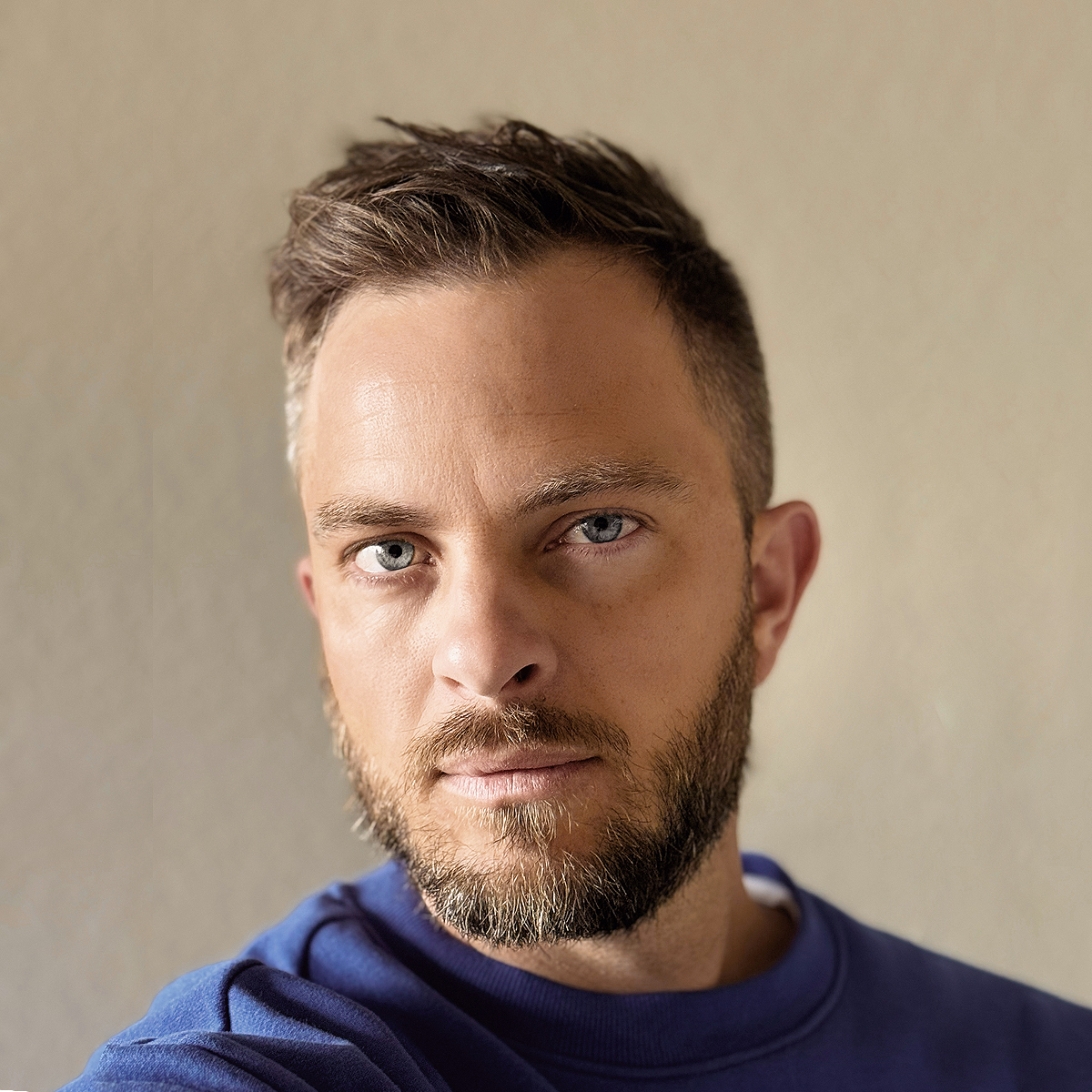We caught up with the brilliant and insightful Sean Herman a few weeks ago and have shared our conversation below.
Sean, looking forward to hearing all of your stories today. So let’s jump to your mission – what’s the backstory behind how you developed the mission that drives your brand?
For Sean Herman, creativity has never been confined to a single medium—it’s a way of life, a relentless pursuit of new ways to tell stories, solve problems, and create experiences that leave a lasting impact. His mission is to push the boundaries of design, technology, and entertainment to build immersive, meaningful experiences that resonate with people on a deeper level.
Growing up in Longmont, Colorado, Sean first discovered this mindset through skateboarding—a creative outlet that wasn’t just about tricks, but about movement, expression, and community. It took him around the world, introducing him to different cultures and perspectives that shaped his approach to storytelling. That same passion carried over into music, where he worked alongside legendary artists and toured the world with James Brown, learning firsthand the power of art to bring people together.
When Sean transitioned into design, he saw an opportunity to merge his love for storytelling, interaction, and innovation. Founding Herman, an award-winning design studio, wasn’t just about building brands or digital experiences—it was about crafting moments that connect with people on an emotional level. Working with companies like Instagram, HP, Coca-Cola, and The North Face reinforced his belief that design isn’t just about aesthetics; it’s about impact.
This drive led him to create Wicker Manor, an immersive haunted experience in Denver that became a celebrated attraction, gaining national recognition on ABC’s The Great Halloween Fright Fight. For Sean, Wicker Manor wasn’t just about scaring people—it was about creating an unforgettable, handcrafted world that invited people to step into a story. His vision now is to expand it into a permanent, experiential destination that pushes the limits of live storytelling and interactive entertainment.
But his mission doesn’t stop there. As a creative professional managing countless digital projects, he saw a widespread issue: creatives struggling with disorganized external hard drives, wasting time searching for files. That frustration fueled Recall, a software app he co-founded to help creative professionals gain clarity and control over their storage. Recall isn’t just a tool—it’s a way to empower artists, designers, and storytellers to focus on their craft instead of getting lost in digital chaos.
At the heart of everything Sean does is the belief that creativity should be immersive, meaningful, and transformative. Whether through design, technology, or experience-driven storytelling, his mission is to build things that move people, solve real problems, and inspire curiosity. Creativity has shaped every chapter of his journey, and now, he’s driven to help shape the future of creative experiences for others.
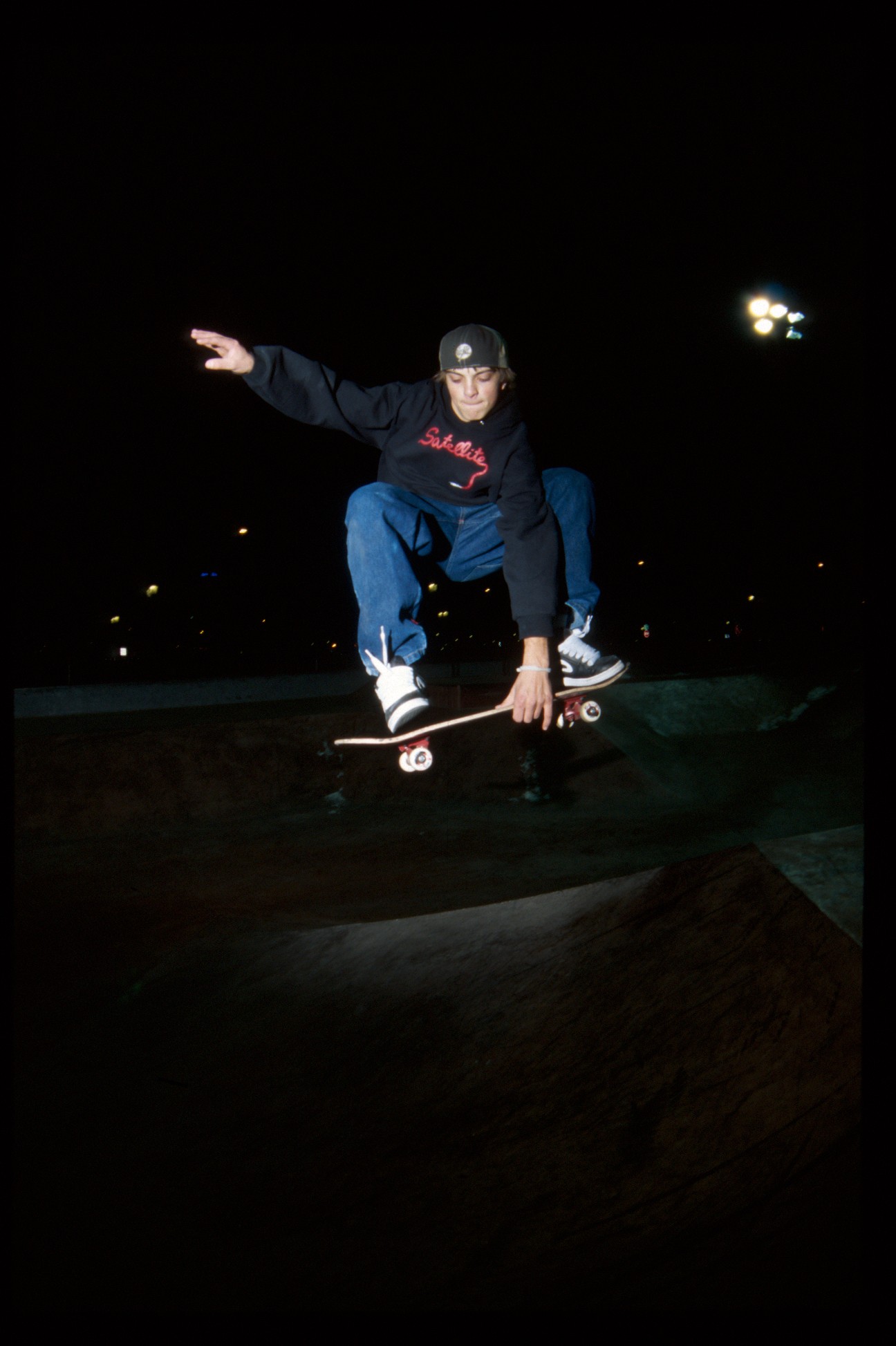
Awesome – so before we get into the rest of our questions, can you briefly introduce yourself to our readers.
I’m just an ordinary person with an obsessive drive. When I commit to something—whether it’s skateboarding, music, or design—I see it through completely. That relentless focus has shaped my journey and defined my approach to everything I do. Each of these passions has played a role in shaping who I am and the work I create.

We’d love to hear the story of how you turned a side-hustle into a something much bigger.
Absolutely. And in the most unexpected, insane way possible.
I was about 20 years old, touring the world with the Godfather of Soul, James Brown. At the time, I was part of a hip-hop group, but my personal music taste leaned heavily toward metal—so already, it was a bit of a strange mix. But what made it even more surreal was what I chose to do during those tours.
After every show, we’d get invited to the wildest after-parties—exclusive clubs, insane nightlife—but I was only 20. No one really cared, but I used it as an excuse to stay out of the scene. Instead of partying with the rest of the tour crew, I’d go back to my hotel room, throw on my headset, and get to work on my real passion: design.
Night after night, while the rest of the team was out, I was in my room, designing logos, creating shirt graphics, and hitting deadlines for clients who had no idea I was sending in work from Italy, Greece, or Japan. I was literally on a global tour, but instead of “living the dream” in the way most people would imagine, I was locked in—pushing my creative skills forward.
That hustle, that dedication to design, is what ended up turning into my full-time career. Looking back, it’s kind of wild to think about. But in the moment, it just felt like the right move.
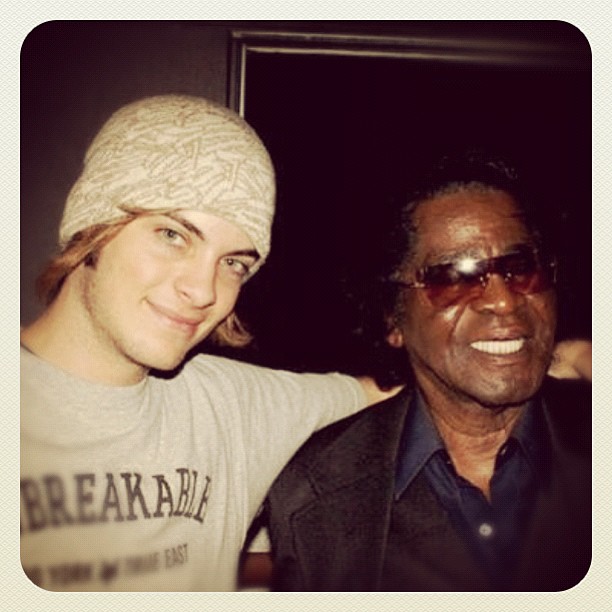
Are there any resources you wish you knew about earlier in your creative journey?
Your greatest resources are the people around you—your peers, your audience, and even those just watching from the sidelines. Build real connections, be approachable, and stay humble. No one likes an overly confident designer. I’ve always believed in being a friend first and a trusted creative second. That’s why my motto has always been, and will always be: “Put people first and make good shit.”
And never put out work you’re not genuinely excited about.
Contact Info:
- Website: https://www.herman.studio
- Instagram: https://www.instagram.com/weareherman_
- Linkedin: https://www.linkedin.com/in/seanhermanstudio/
- Youtube: https://www.youtube.com/@WickerManor


